While looking at the photographs of food in this humorous exhibition at the Photographers’ Gallery, I thought of how hopelessly outdated our own snaps will soon look. What seems fresh, clean and wonderfully modern to our eye — an Ottolenghi salad, say, dotted with pomegranate seeds and za’atar — will soon look almost tragic. How we photograph food betrays some of our deepest fantasies about ourselves. What’s more, good taste can quickly sour.
Feast for the Eyes brings together food photography from the 19th century up to the present day and reveals just how much our attitudes to food change. At first, photographers emulated the principles of still- life painting, using symbolic gatherings and classical references. When colour photography became available, the focus moved towards capturing texture and shape. The early colour images have a softness to them that disappears as food photography becomes a more commercial pursuit. Paul Outerbridge’s ‘Avocado Pears’ (1936) is a study of the fruit’s flesh and its subtle bruising. Russell Lee’s photographs from Pie Town in New Mexico explore the harshness of daily life following the Depression.
I was delighted to see so many pictures from recipe books included in the show, as well as a number of books from different countries. The interwar and postwar periods coincided with advances in colour printing and photography techniques, as well as the rise of magical ‘convenience foods’. The results are both dazzling and disgusting. Mayonnaise drifts across the surfaces of the dishes. Diced vegetables are frozen in time — and aspic. Everything seems to be a lurid jewel colour, as if it has all been soaked in cochineal. It must have seemed unbelievably sophisticated to the 1950s housewife.
Nickolas Murray pioneered the heavily styled, elaborate tableaux that came to be a staple of both advertising and magazine editorials during the mid-century. His pictures reveal an America becoming more confident in its ability to feed itself, free from the hardships of the New Deal and revelling in its own home-grown bounty. By the 1970s, food styling was no longer the preserve of glossy magazines. Overly manipulated food had become the norm. A range of palpably absurd Weight Watchers recipe cards from 1974 are included in the show, which would no doubt have been dutifully followed by legions of women, all hoping to lose a few pounds. I couldn’t decide what looked the least appetising: jelly-moulded asparagus salad, crown roast of frankfurters or ‘freezer-to-oven’ veal dinner, a rectangular lump of grey, boiled meat.
Alongside these commercial images are candid snapshots from parties, weddings and picnics. They make for fascinating historical artefacts. Birthday cakes from the 1960s look completely different from those from the 1980s. Guests stand to attention. ‘Smile please,’ you can almost hear the enthusiastic amateur saying, as everyone swallows their mouthful.
Henri Cartier-Bresson’s photograph from 1938 shows a more relaxed scene. Four plump French revellers eat a picnic just outside Paris on the river Marne. Red wine is poured into sturdy glasses, hunks of bread are scattered over white linen sheets and it feels as if before the afternoon is over, the revellers will slide insouciantly into the water below.
Conceptual ideas start to be seen in the photography from the end of the 20th century, an active rebellion against the rule issued to children not to play with their food. The Swiss duo Peter Fischli and David Weiss used slices of processed meat to create miniature worlds. Sian Bonnell tiled an entire kitchen with luncheon meat and boiled eggs. Some of the photographs are highly eroticised but also a little unnerving. To look at Jo Ann Callis’s photograph of a pie dribbling sauce from the hole in its crust and see anything other than a pie is as revealing about our own thought processes as the photographer’s.
The not-so-distant early years of the 21st century were defined by celebrity chefs, who brought us exotic dishes from around the world. The smartphone’s camera then changed everything. Nowadays, we can all be food photographers, sharing our pictures on Instagram. Restaurants design their dishes so that they photograph well, even if the actual taste is sacrificed. Certain foods have gained cult followings. Photographer and filmmaker Chris Maggio sends up this fetishisation in his deadpan series ‘Male Chef’. There is nothing #nomnomnom about his images, which parody our obsessive food culture. Turkeys are basted in blue Powerade, watermelons are carved into baskets and filled with popcorn and gravy is served from plastic cleaning bottles. It is both gross and amusing. I suspect we will smile in years to come when we look back at our earnest documentation of our chia-seed puddings and avocado on toast. Was that really what we aspired to be?
Got something to add? Join the discussion and comment below.
Get 10 issues for just $10
Subscribe to The Spectator Australia today for the next 10 magazine issues, plus full online access, for just $10.
You might disagree with half of it, but you’ll enjoy reading all of it. Try your first month for free, then just $2 a week for the remainder of your first year.


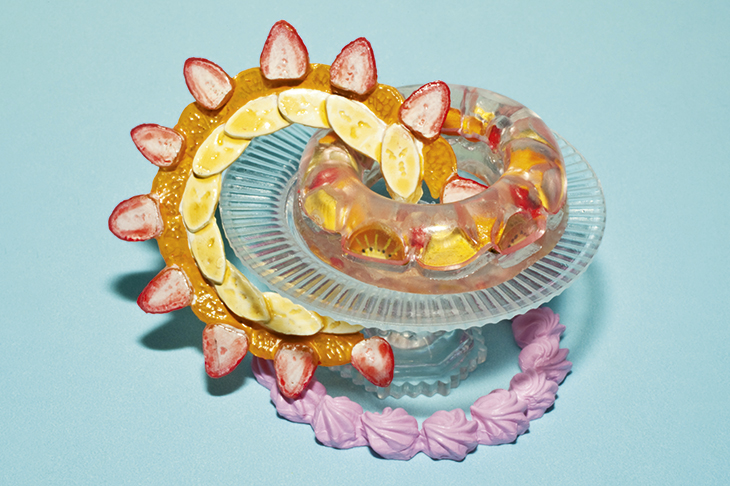


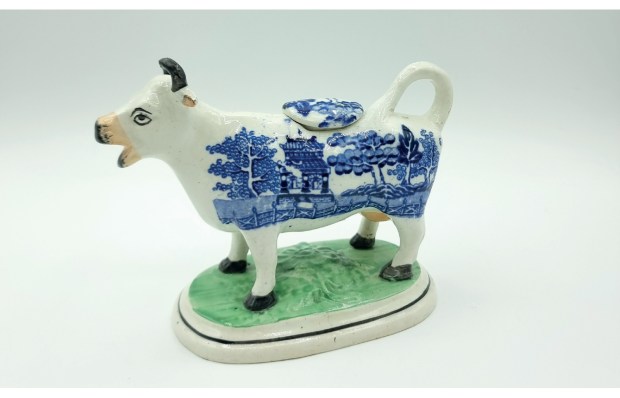
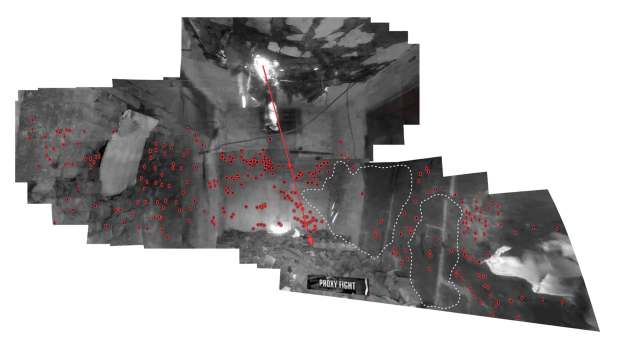
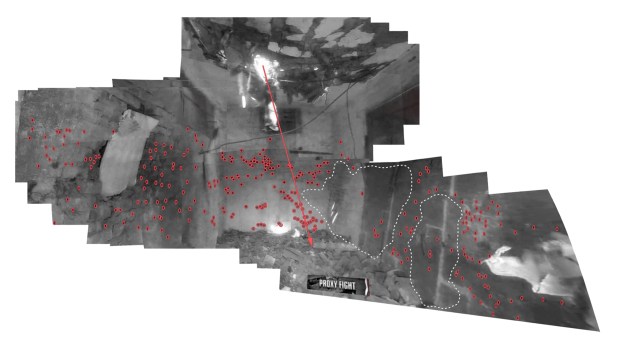
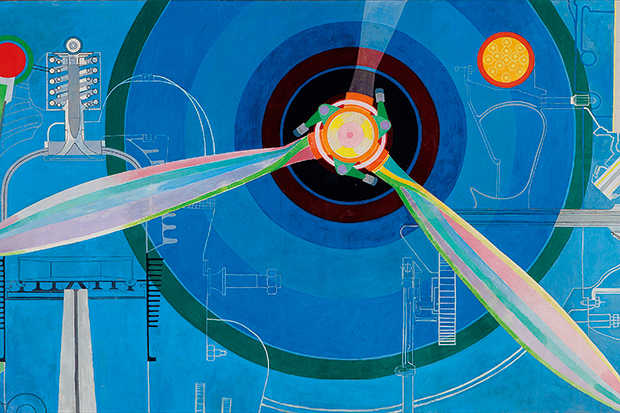






Comments
Don't miss out
Join the conversation with other Spectator Australia readers. Subscribe to leave a comment.
SUBSCRIBEAlready a subscriber? Log in